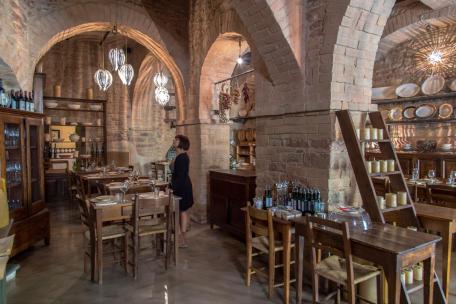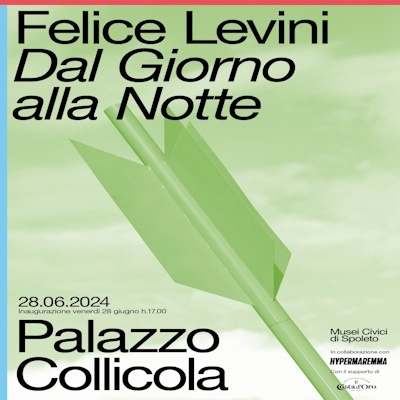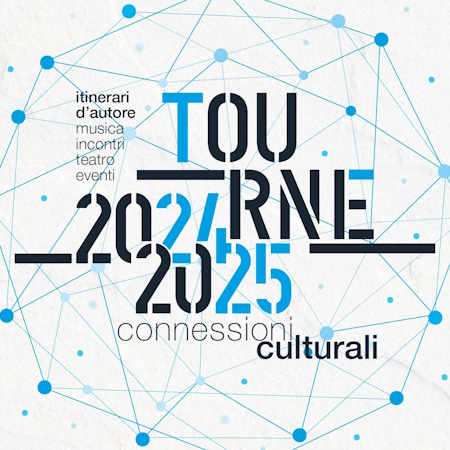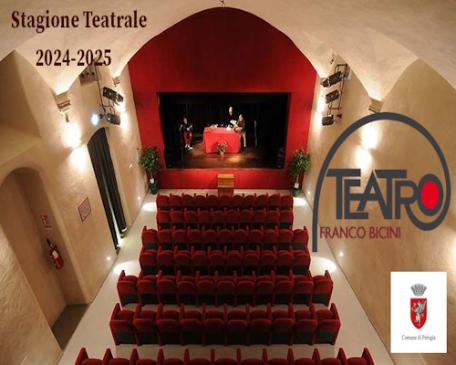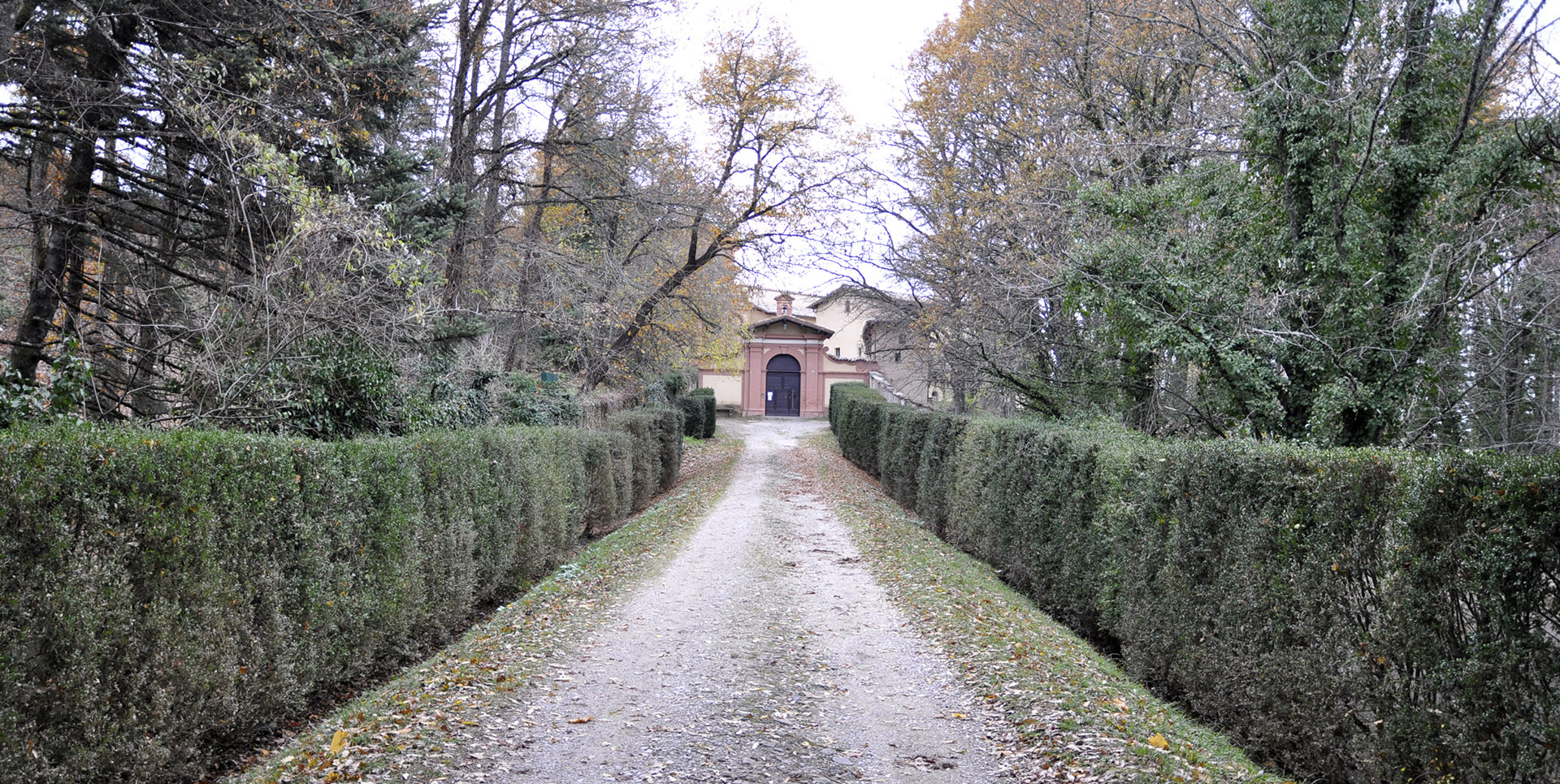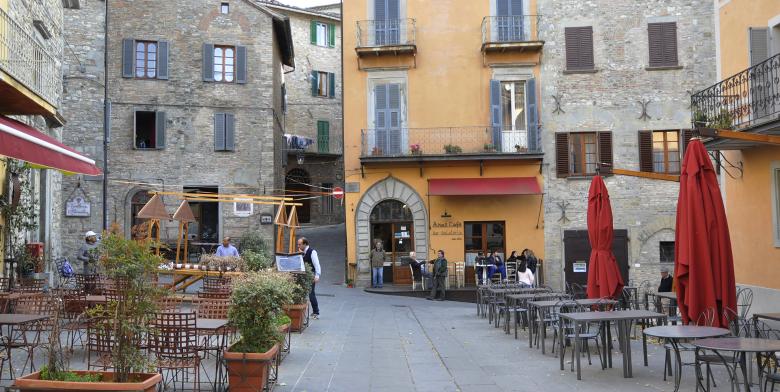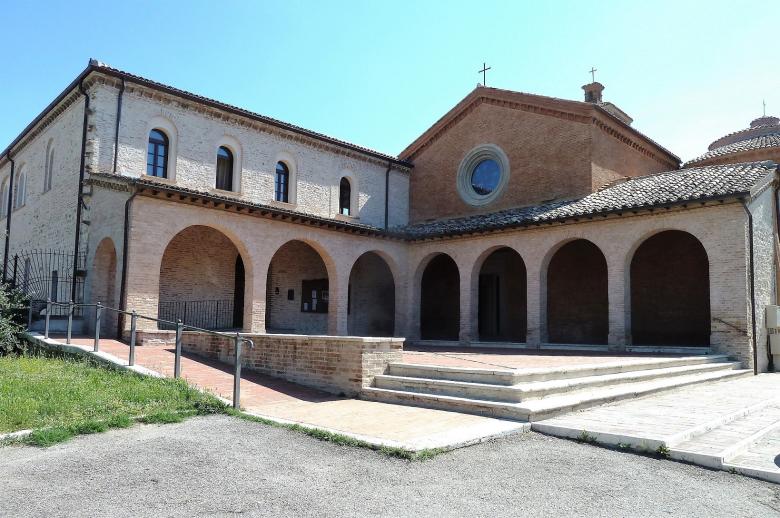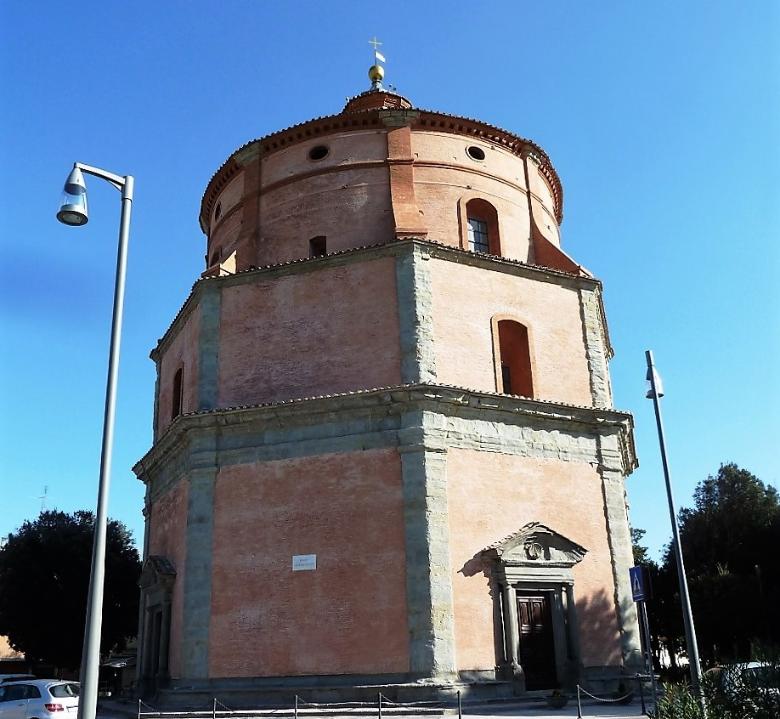The Hermitage of Monte Corona near Umbertide
Built in the mid-16th century on top of the mountain of the same name, surrounded by a forest of firs, chestnuts, and strawberry trees dotted with votive shrines, the Hermitage of Monte Corona is a place of profound charm. Its origins are closely tied to those of the Abbey of San Salvatore, the nearby Camaldolese monastery, which it ideally complements: the hermitage was the centre of the community’s spiritual life, while the abbey served as the hub of economic activities and as a refuge for elderly or ill monks unable to endure the austerity of the eremitic lifestyle.
Halfway up the mountain stood a chapel dedicated to Saint Savino. The monks building the hermitage erected their small cells around it, working daily on the construction. Later, the Abbey of San Salvatore, the Chapel of Saint Savino and the hermitage were connected by a wide road paved with sandstone blocks, known as “la mattonata”, entirely built by the monks. This road remains accessible today and is of particular natural interest. The chapel, however, was later converted into a private residence.















